PARCO and the Art of Staying Ahead - The Future Was Always Here
Shibuya PARCO
When the doors of the first PARCO location swung open in 1969, they were opening onto a new cultural frontier. At a time when Japan’s department store titans (Seibu, Mitsukoshi, Tokyu) dominated, PARCO’s founder Masuda Tsuji charted a radically different path. Nestled in the chaos of post-1960s Tokyo, PARCO rejected the traditional department store model of internally sourced products, instead embracing a fashion building model: leasing space to emerging tenants, while creating its own cultural value through creative advertising, incubatory projects, and public events. PARCO decided to rewrite the Department store handbook.
When Shibuya PARCO opened in 1973, right on Koen-dori (literally “park street”), Masuda positioned it as a hybrid: part mall, part cultural crucible. The new Seibu Theater (now PARCO Theater), Spain-zaka, and red telephone boxes were intentional gestures to redefine Shibuya as a creative hub, not just a shopping district
Half a century later, PARCO operates 15 locations throughout Japan. Yet its Shibuya store remains the cornerstone of the brand. As the building undergoes another transformation, set to relaunch in Fall 2025 with renewed ambition to engage not only Japanese but also international audiences, the question isn’t how PARCO will reinvent itself. It’s how it keeps doing it.
A Park of Creative Collaboration
“PARCO” means “park” in Italian. That choice was no accident. Founder Masuda Tsuji envisioned it not as a consumer fortress but as a public space, an open ground where fashion, art, and radical ideas could collide. While most department stores simply sold lifestyles, PARCO sold a refreshing point of view.
Even before Shibuya’s opening, Masuda hired a young Eiko Ishioka, fresh from success at Shiseido, to shape PARCO’s visual identity . Her 15-second opening commercial starred a tall Black woman in a black bikini and a man in a Santa costume, unapologetically provocative.
Ishioka’s PARCO ads from 1970–1980 are legendary: campaigns of Faye Dunaway dressed in black, peeling an egg in one minute, surreal compositions, and avant-garde aesthetic that fused eroticism and art. She served as chief art director until 1983, infusing PARCO with a rebellious intellectual edge that earned awards and international acclaim.
One of the most iconic of these was the 1979 Can West Wear East? campaign. Faye Dunaway, draped in an Issey Miyake gown, framed like a living sculpture while Ishioka’s two young nieces appeared in red dresses under her arms, their eyes streaked with crimson pigment. There were no clothes for sale, just questions: Could the West carry the East? Could advertising be art?
1977 PARCO
Alongside Ishioka, creatives like Harumi Yamaguchi and curator-writer Kazuko Koike helped shape PARCO’s early voice. Yamaguchi’s bold, minimal poster series were exhibited in Shibuya PARCO galleries, while Koike’s copywriting helped define a burgeoning feminist subtext. Collectively, they created ads as visual manifestos for a new generation.
PARCO’s refusal to rely on traditional ad agencies shaped one of the most iconic visual legacies in Japanese media. With a lean budget and a punk spirit, Masuda’s team worked directly with creators, bypassing bureaucracy in favor of experimentation.
The results were unforgettable.
Throughout the ’70s and ’80s, PARCO’s campaigns were feverish, playful, and deeply political. They featured international stars like JamesBrown, typographic explosions, and early glimpses of artists who would soon define Japanese pop culture. It became a broadcast from the bleeding edge in a way that PARCO’s ads didn’t always make sense, but they always made impact. And that was the point.
Shibuya’s Beating Heart
By the 1980s, Shibuya PARCO had expanded into a complex of buildings that mirrored the layered chaos of the neighborhood itself. From Bikkuri House magazine to the PARCO Theater, from Spain-zaka’s cobbled slope to Club Quattro’s sweat-soaked music floor, it became a stage for subcultures to announce themselves.
The Shibuya-kei music wave? It found early liftoff at Quattro. The rise of DC brands, charisma hairstylists, and Tokyo’s mini-theater boom? All touched down at PARCO.
Even as Shibuya was engulfed by globalization and youth trends lost their shelf life, PARCO remained suspiciously on beat. When others scrambled to understand culture, PARCO had already moved on to cultivating it.
You can take a deep dive into the timeline of Shibuya’s 50 years of history here.
After nearly six decades, PARCO remains unique because its business model is cultural curation. It doesn’t sell products as much as moments: sensory installations, limited-edition collaborations, and deep ties to creative communities.
In an era where consumer demand is shifting from ownership to experience, PARCO’s physical spaces function like analog Instagram, a place to be seen in. Its 2025 renovation purposefully optimizes the building as a storytelling environment: global in scope, local at heart.
1985 PARCO
Under (De)Construction - Shibuya PARCO’s Next Evolution
Five years after its 2019 relaunch, Shibuya PARCO is once again preparing to break its own mold. Branded under the tagline “Under (De)Construction,” this 2025 renovation is a philosophical reboot. Inspired by founder Masuda Tsuji’s call for “claims dismantling,” PARCO’s newest transformation is about questioning everything, then rebuilding with intent.
Spanning over 6,000 square meters and affecting nearly 80 compartments, the update repositions Shibuya PARCO as the definitive space for what it calls the Global Niche. Across fashion, culture, and experience, the renovation leans into the paradox: simultaneously hyper-curated and open-ended. Floors 1 through 4 will house a mix of luxury maisons and independent designers, names like CELINE, JIL SANDER, MARNI, and THOM BROWNE, while newer entrants like GANNI, STUDIO NICHOLSON, and S’YTE bring a global freshness.
The 5th floor transforms into CHAOS CULTURE GEEK, a concept space blending streetwear, art toys, and subcultural memorabilia, from RC cars to cassette tapes. On the 6th, world-first stores tied to anime, manga, and gaming IPs will turn the upper levels into a kind of vertical theme park for the culturally obsessed. The goal? Not to become trendier, but stranger, deeper, and more magnetic to those seeking something singular.
Even the renovation campaign itself, spearheaded by graphic designer Tezzo Suzuki and a message by founder Masuda Tsuji, signals a meta-awareness of the PARCO mythos. The renewal of Shibuya PARCO will also inaugurate a new editorial series called “PARCO ISSUE,” launching with a Yohji Yamamoto feature that ties the brand’s avant-garde philosophy back to the streets of Shibuya, complete with visuals by photographer Kazumi Kurigami.
Shibuya PARCO’s new phase is shaped by an ambitious, outward gaze. The upcoming renovation focuses on enhancing the building’s fluidity, not just architecturally, but culturally. With tourism roaring back and international curiosity about Japanese subcultures at an all-time high, Shibuya PARCO wants to be more than a shopping stop. It wants to be a portal.
That’s where we come in. Yokogao’s collaboration with PARCO emerges from a shared belief: that storytelling matters. That surface impressions, like fashion, signage, or architecture, are just the beginning. Beneath them lie histories, identities, and possibilities.
The post-2025 Shibuya PARCO is a signal flare for what’s next. Because while others try to catch the zeitgeist, PARCO never stopped making it.


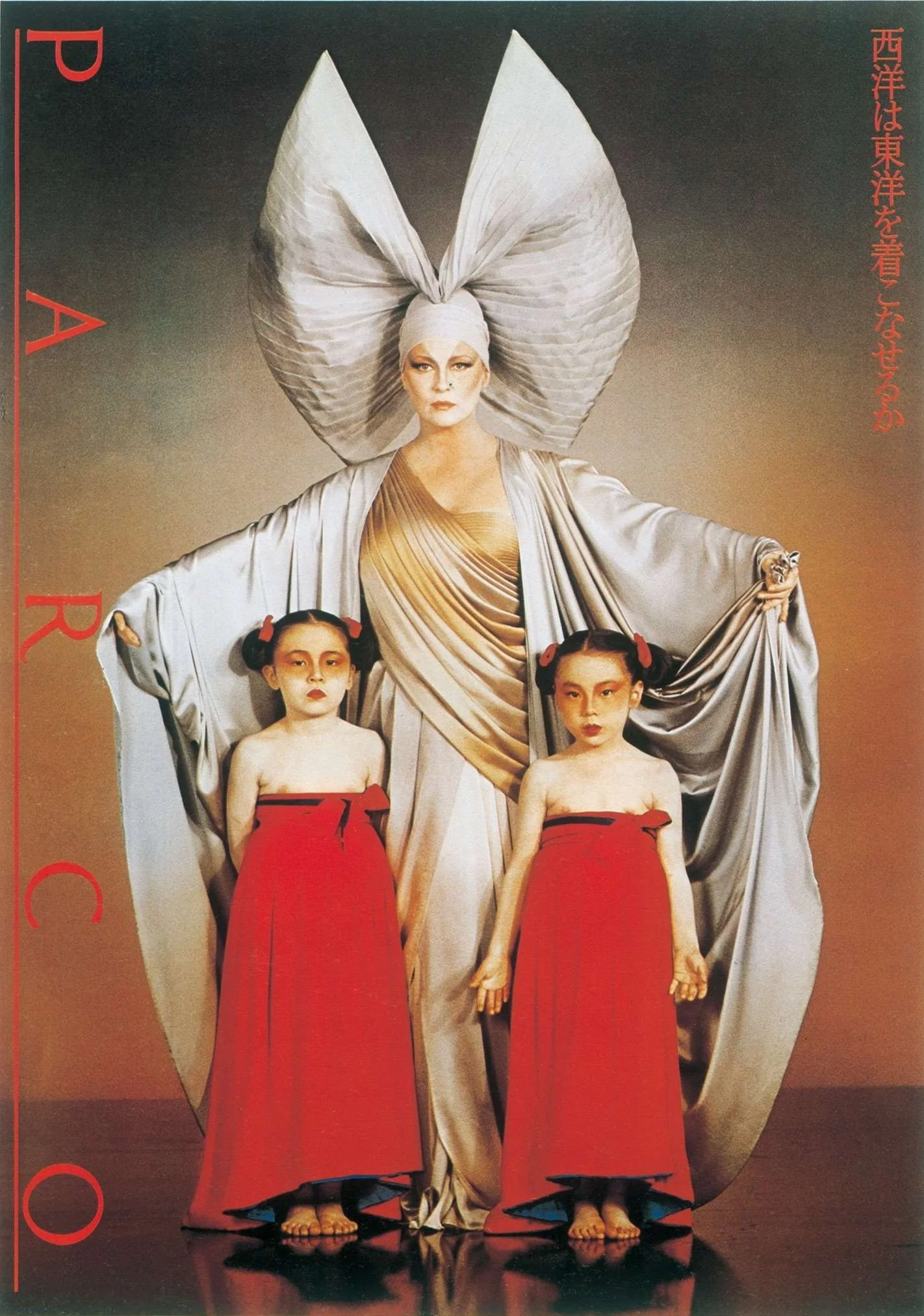
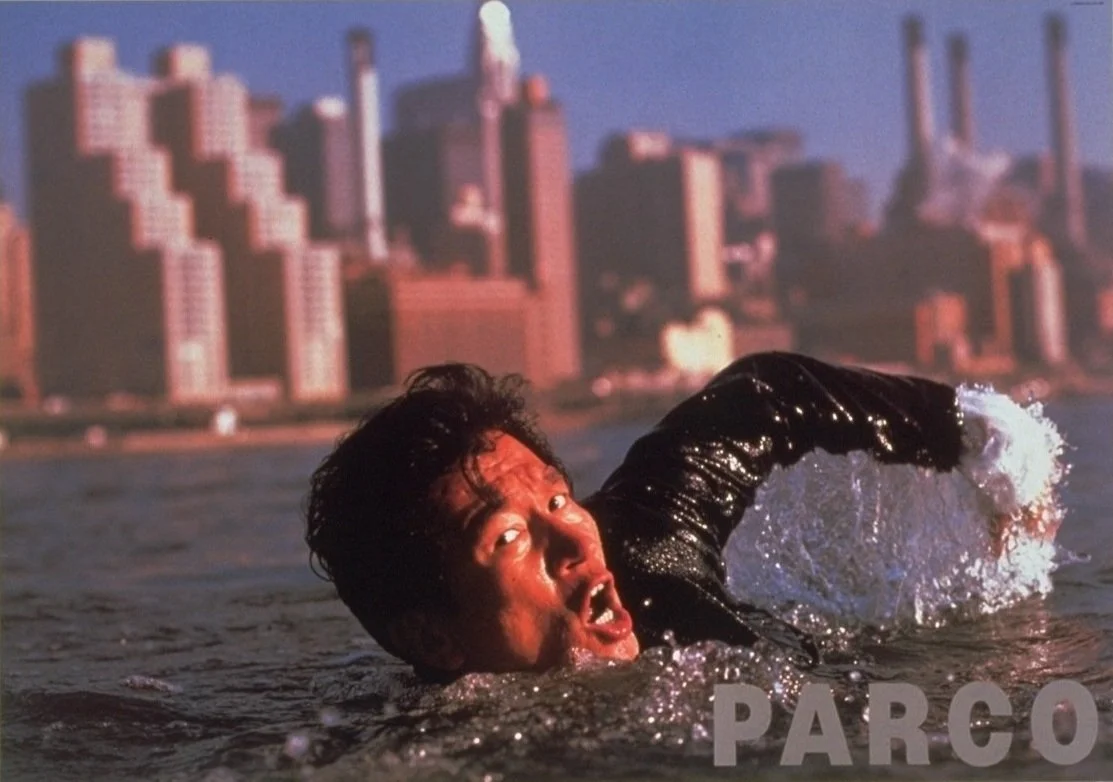

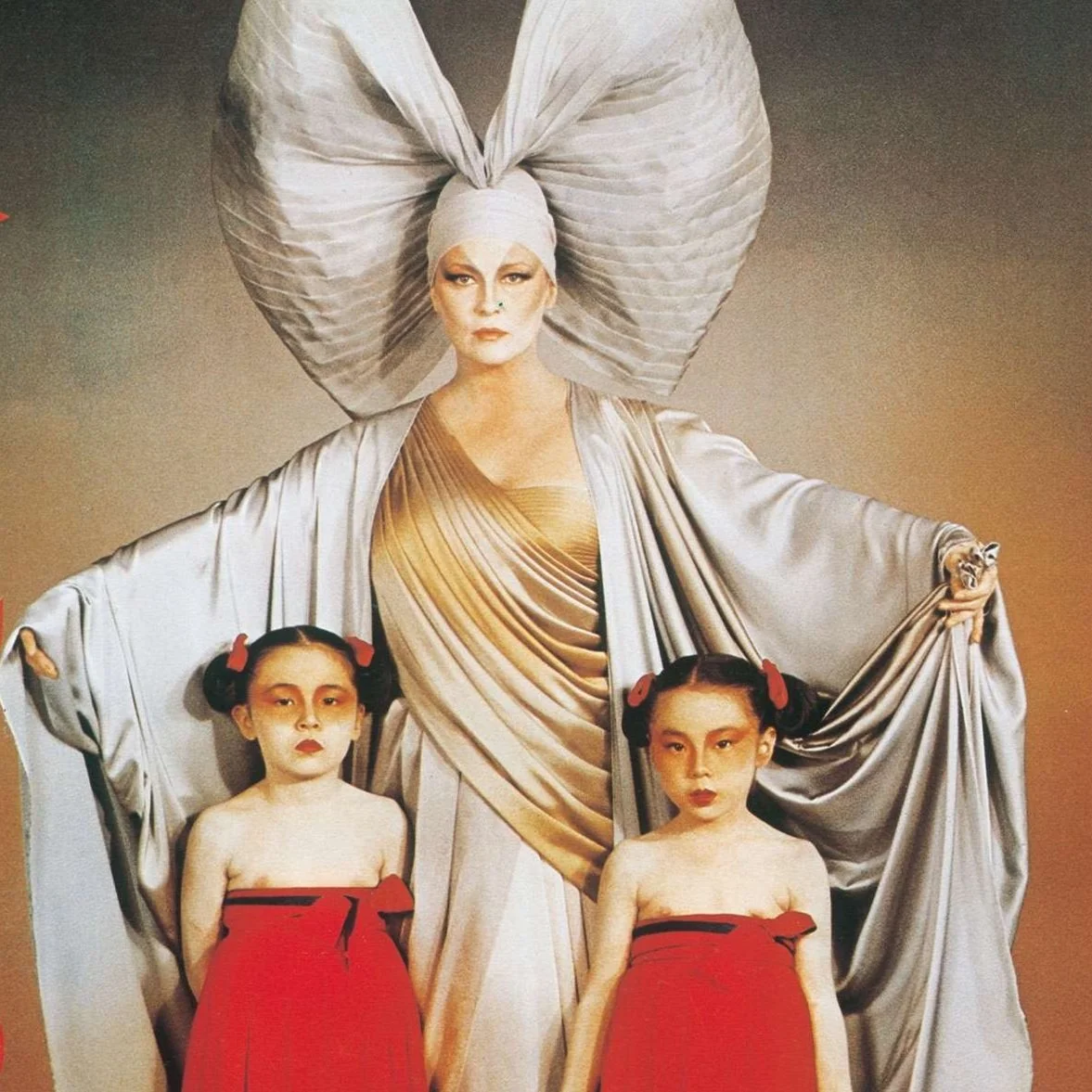

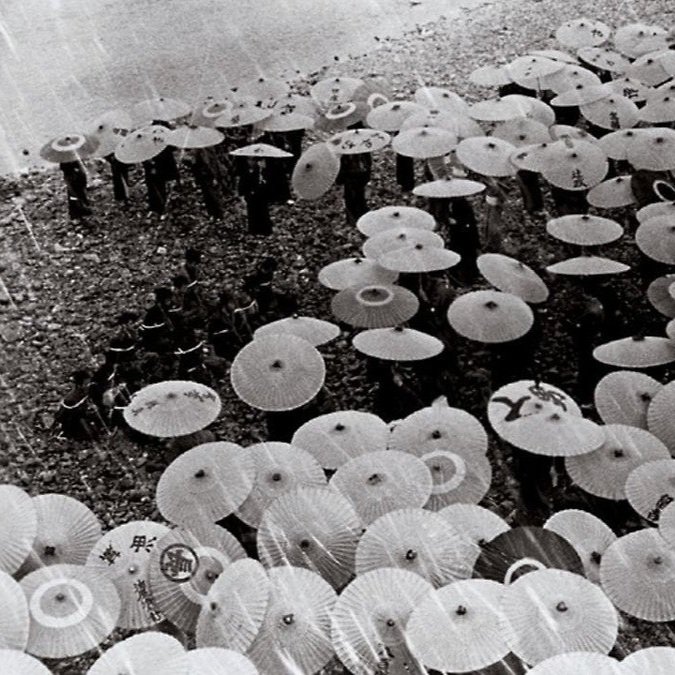
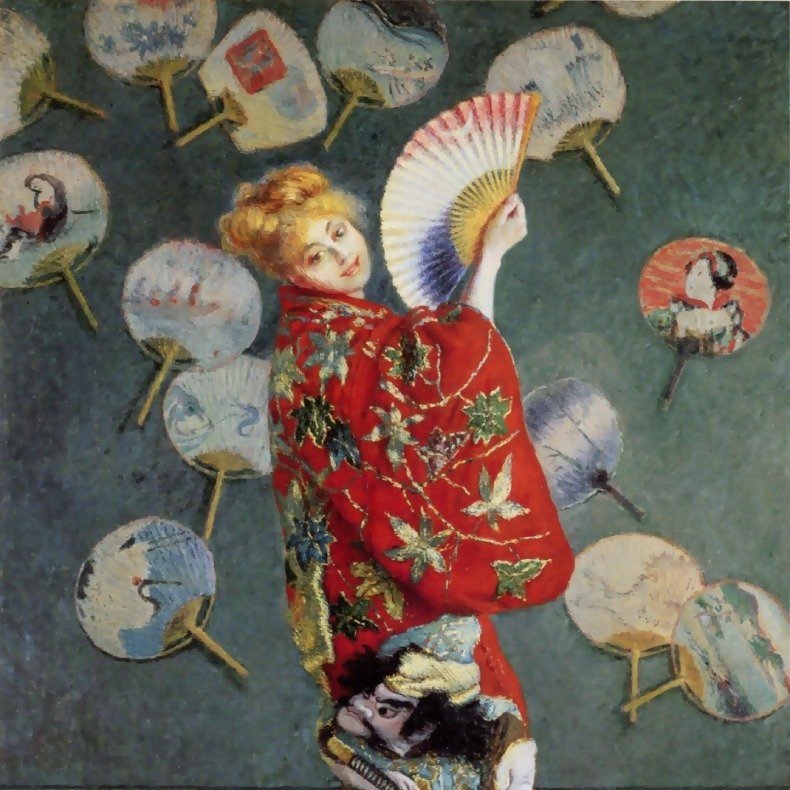

A legacy that still ripples through generations of lonely hearts.